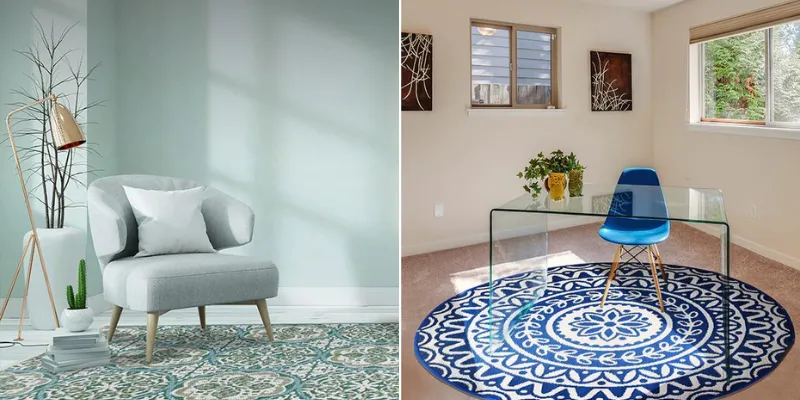Despite changing home décor trends, Sapana Mats is optimistic about the humble plastic carpet
Started in 1984, Sapana Mats has become the go-to brand for plastic mats. The company made Rs 128 crore in revenue in FY23, selling 4 lakh units every month. It eyes Rs 200 crore revenue by financial year 2024.
The iconic advertisement for Sapana Mats, where a genie flies across the world on a magic carpet showing global and Indian landmarks, captures the aspirations of the middle class in the late 1980s and 90s.
This was a time when India was yet to embrace liberalisation and globalisation, and the demand for home décor was growing among the Indian middle class.
Mumbai-based Sapana Mats’ journey began in 1984 from Aurangabad when VB Gupta identified plastic mats as an affordable solution compared to the more expensive traditional carpets.
But, India of today is vastly different from the India of the 90s. How then, does a plastic mat maker plan to sustain its business?
“We continued evolving and developing products with time and till date sell an astounding four lakh mats every month across the world and the number is increasing every year,” Nishith Gupta, second-generation entrepreneur and Director of Sapana Mats tells SMBStory.
According to Volza Grow Global, India is the second-largest exporter of plastic mats to countries like the USA, Europe, and Brazil. While plastic mats may not appeal to Gen Z, they remain in high demand both within and outside India due to their utility, says Nishith.
How this Delhi-based company makes customised sports mats for Asian Games, Khelo India and other tournaments
Evolving with changing times
To stay up-to-date in the market, Nishith says the company continually works on refining and enhancing the product range. From bringing UV stabilised mats to plastic recycled mats and heavier and denser qualities for the US market (600 GSM vs the regular 400 GSM), product development is a regular process, says Nishith.
In FY23, Sapana Mats made a revenue of Rs 128 crore and Nishith envisions that the company will cross Rs 200 crore mark by the end of FY2024 by strengthening its offline retail presence and building up on the D2C space.
Currently, Sapana Mats relies on offline retail channels and its extensive distribution network, comprising over 300 partners, to drive sales and export its products. The brand's mats can be found in popular retailers such as D-Mart, Reliance Retail, and Army Canteen.
Additionally, Sapana Mats engages in white-labelling collaborations with several home decor companies. However, Nishith acknowledges that the brand has not fully capitalised on the online space, which presents its own set of challenges for the product category they specialise in.

Sapana Mats' plastic mat and carpet
"We made numerous attempts to run social media ad campaigns, but the conversion rate was negligible. However, we are currently reworking our strategy to raise awareness about plastic mats, particularly targeting the younger generation," Nishith shared candidly with SMBStory.
Sapana Mats has not limited its horizons solely to plastic mats. In 2018, the brand expanded its product categories to include rugs and carpets. While most of these products are imported from countries like Egypt and China, a few are sourced locally in India, adding diversity to their offerings.
The way forward
Despite being the mainstay, Nishith acknowledges that alternatives such as silicon mats and dhurrie offer additional advantages. Moreover, the unorganised competition further complicates matters for Sapana Mats.
To overcome challenges, Nishith is working on increasing its retail footprint by also opening up an experience centre in Aurangabad. It is also ramping up its investment in the D2C space and expanding its product portfolio.
Edited by Affirunisa Kankudti







